By Dickson Ly
When it comes to discussing World War II history, particularly in the European theater, people often discuss the major European countries involved such as Germany, Britain, France and Italy. Neutral countries such as Switzerland and Sweden were often left out of history books, but they were very much involved in preparing for war in case they were to be attacked or invaded by Germany or Russia.
During my stay in Sweden I was advised by Håkan Spuhr, the founder of Spuhr optic mounts (see my factory visit on SADJ, Vol. 10, No. 2), that I should make a short trip to Djuramåsa, an area north of the coastal town of Hälsingborg, to visit Beredskapsmuseet—The Swedish Military Readiness Museum. During my initial research, Google Maps showed a small building in the middle of large, secluded farm lands. I thought to myself, what could possibly be that interesting in such a small facility? I was in for a big surprise.
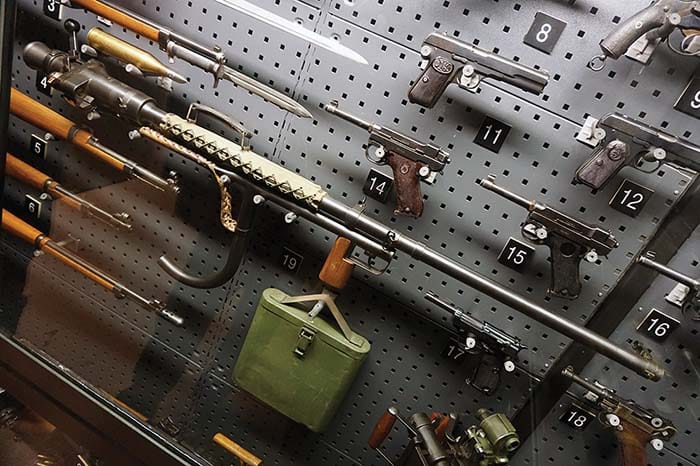
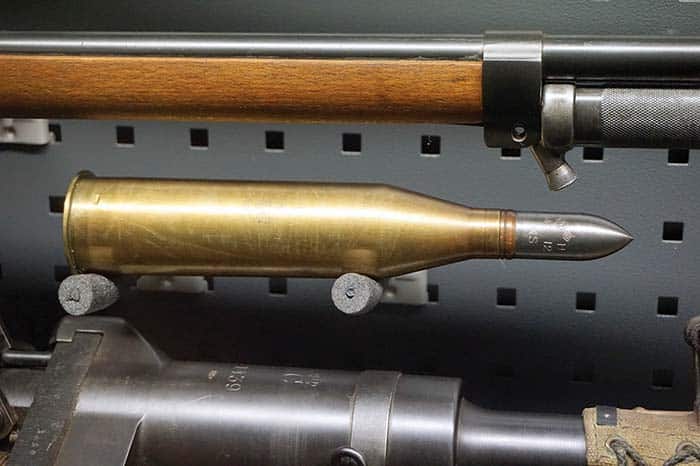
The museum operating hours were cut short due to the early winter season in Sweden, but Johan Andrée, the museum chief, was kind enough to accommodate my travel schedule and have the museum opened just for me. While the museum was technically closed, there is a lot of work to be done, and there were a few volunteers present.
The main attraction is the 29-ton, 15.2cm (6-inch) heavy gun called “Maja.” There are a total of four heavy guns in Battery Hälsingborg—Maja, Asta, Sonja and Brita, each named after the most beautiful girls in Djuramåsa. They’re also the girls who lived closest to the guns. Maja has a range of 24km. With a crew of 9, it can be ready to fire in less than 5 minutes and has a rate of fire of 3 rounds a minute. The guns are operated manually, which means they have to be aimed, loaded and fired without any electronic motors. The four guns are manned by 56 men with 18 officers and NCOs.
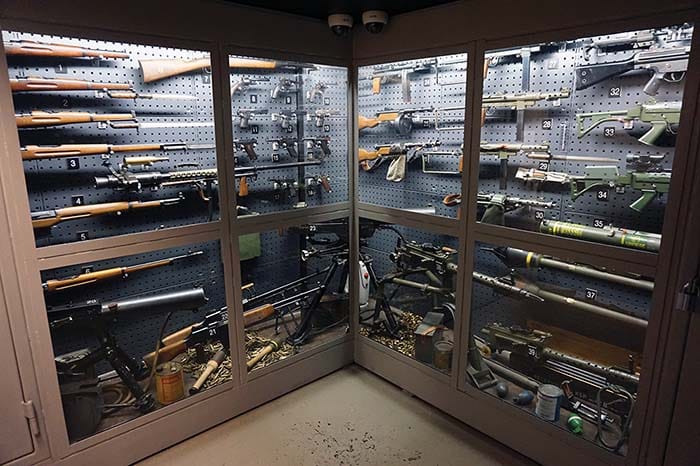
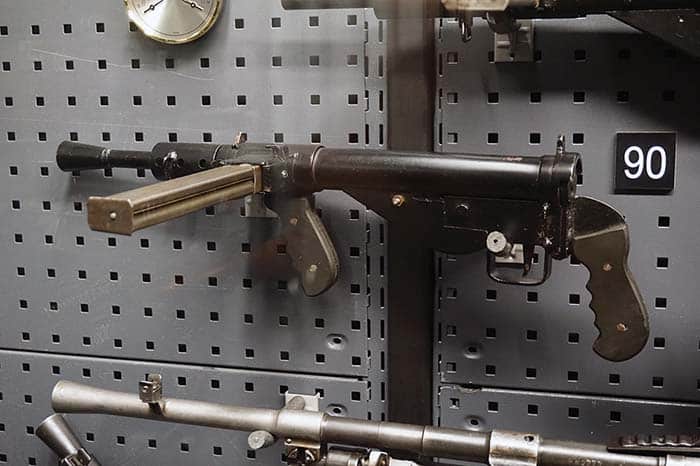
My jaw must have dropped when I first saw Maja. It’s beautifully preserved behind a giant glass enclosure like a model car at a toy store except much larger. I had never seen a 29-ton coastal gun let alone anything like this before during my many museum visits in various countries.
Each projectile weights 46kg (101 pounds) with recoil force of 60 tons. During its first test fire, people were advised to move all their livestock away from the area and open all doors and windows to prevent damage. One resident forgot to move his 2 cows from a nearby farm; the pressure wave gave the cows heart attacks, and they died. In addition, all the windows broke at a nearby greenhouse.
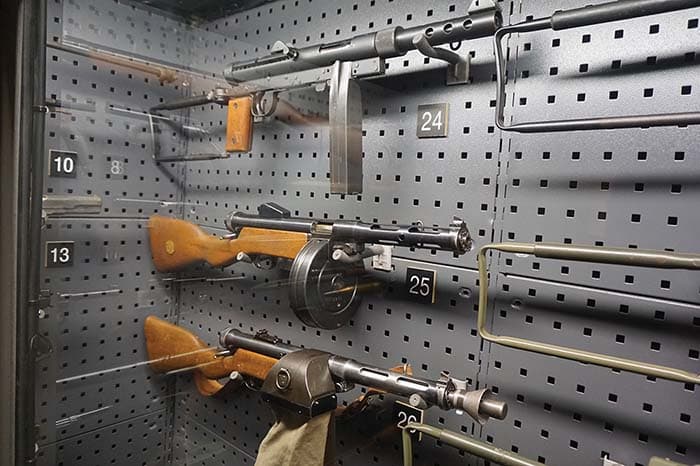
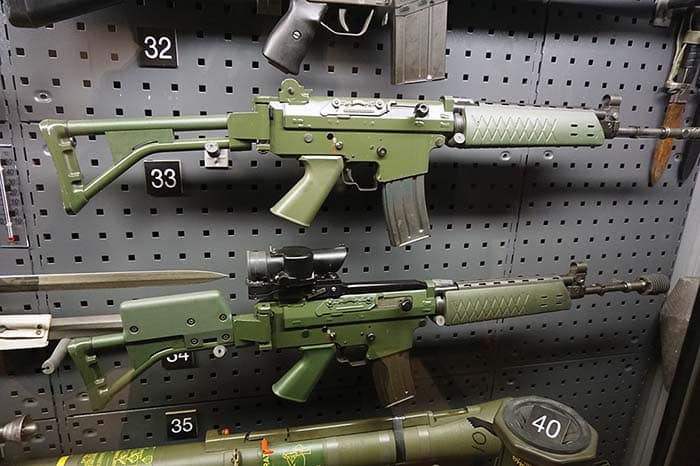
Amongst the many interesting facts, the four heavy guns along with five machine gun bunkers, a control center or “Battle Command Center” and a bomb shelter took only 47 days to build with help from 2,000 people working non-stop around the clock. This is a feat that sounds rather difficult to achieve today let alone from 70 years ago.
The guns were originally built to both defend and attack coastal ships as well as the nearby country Denmark.
With a short walk, we arrived at an underground bunker called The Gun Hall. There it housed the largest known small arms collection in Sweden. The guns, ranging from rockets, water-cooled machine guns, Browning BAR, to P38 pistols are well-organized and hung behind large glass display walls. It was great to know that none of them is deactivated and all are in working condition. Do note, however, that this facility is well secured with multiple cameras and motion sensors as well as a bunker entrance the size of a bank vault door.
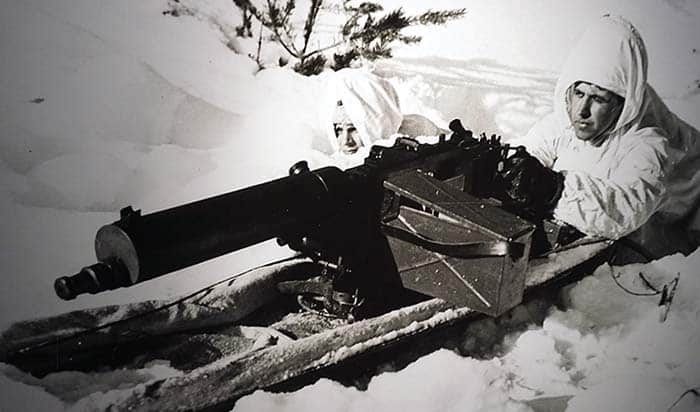
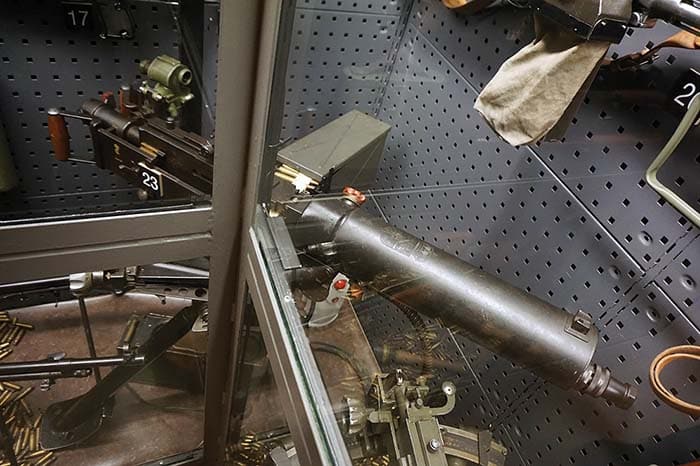
What is not displayed, however, are the stories of each gun when they were donated to the museum either by the original owner or deceased family member. Each of the stories are documented in the museum in thick binders. I was told by Johan that they have plans to expand The Gun Hall with small plaques next to each gun with a short description of how the guns were used and acquired.
It has been 20 years since the museum opened, but Johan is still enthusiastic when it comes to discussing every detail of every artifact in the museum. It was a childhood dream of his to open a World War II museum. He strongly believes showcasing these weapons in his museum, as each gun tells a unique story of the people that used them during war times. Unlike other European war museums, such as The Royal Danish Arsenal Museum in Copenhagen, where I was told they had the largest arms collection in Europe but were all hidden in their archives due to political correctness, the weapons represent part of history, and without them we will never be able to prevent the same tragedy of war from happening again.
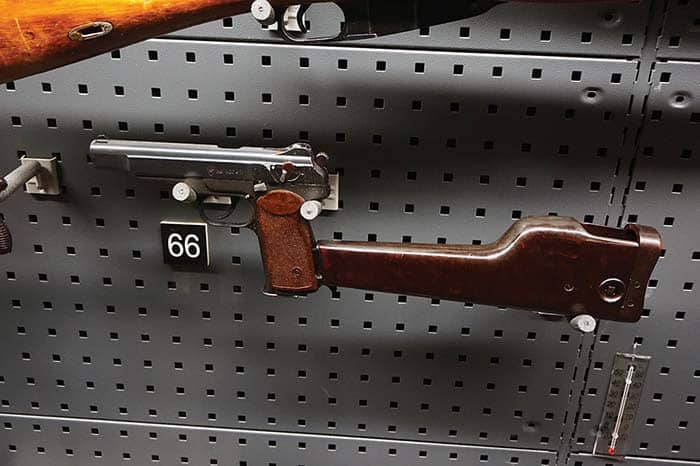
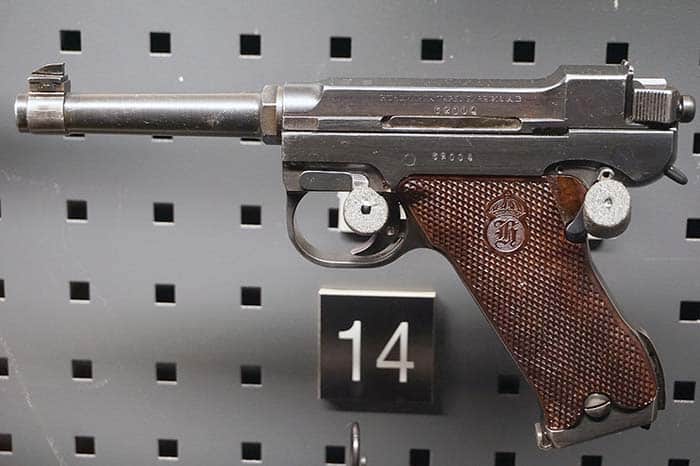
If you ever find yourself in Sweden or Denmark, I would highly recommend you to visit this museum. The volunteer staff spoke perfect English, and guided tours can be arranged. This is one of the most unique museums I have personally seen. Needless to say it’s a true hidden gem, and I look forward to revisiting it again.
I want to thank Johan and his volunteer staff for their sincere dedication to the museum and for their time for providing me the guided tour.
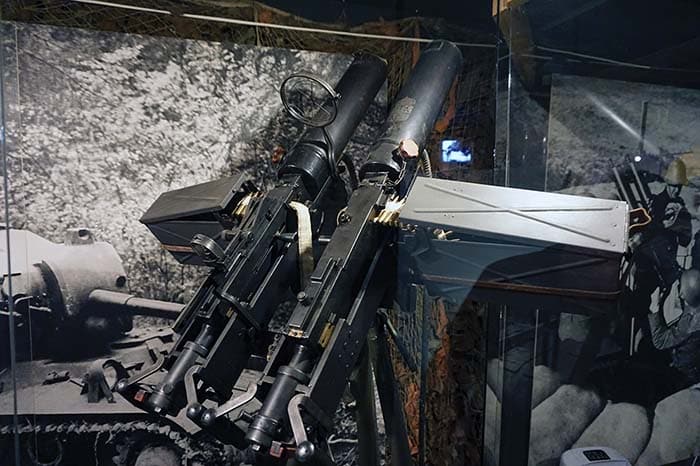
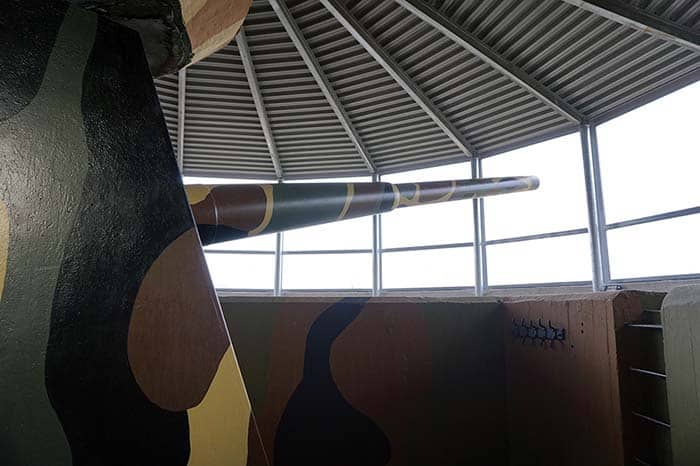
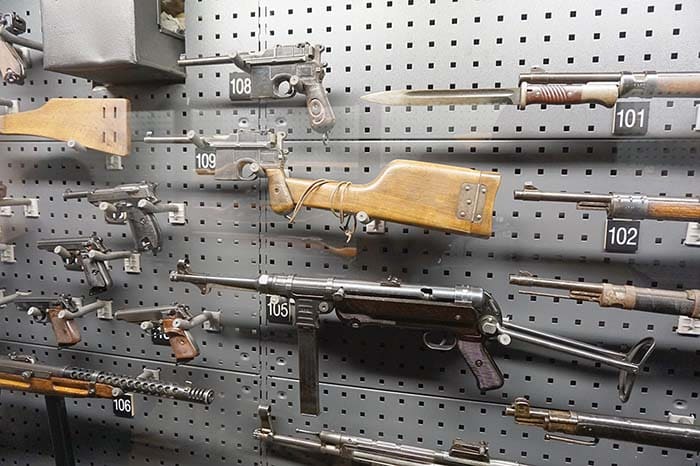
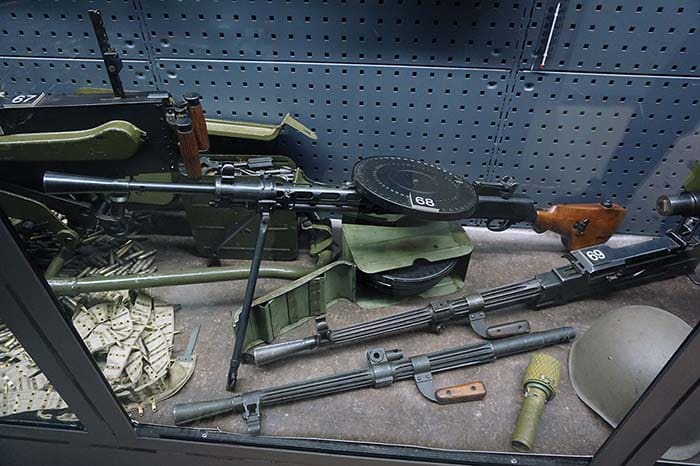
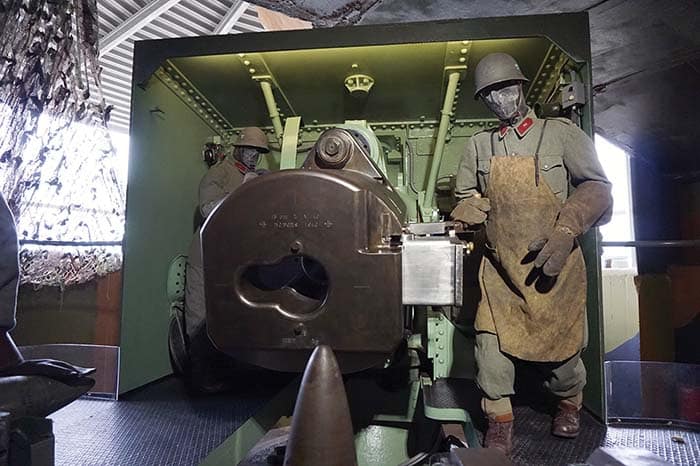
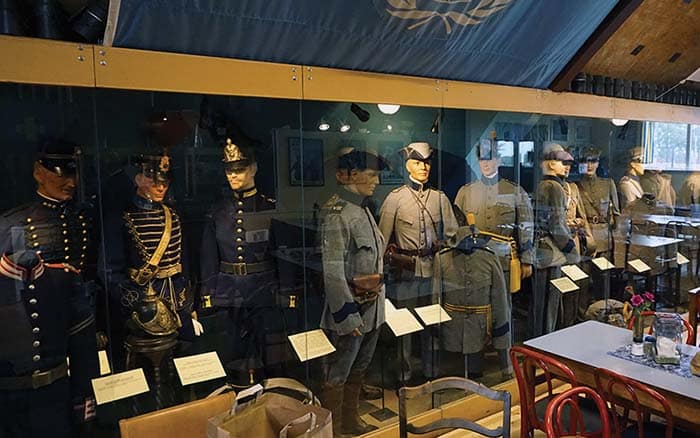
| This article first appeared in Small Arms Review V22N8 (October 2018) |












